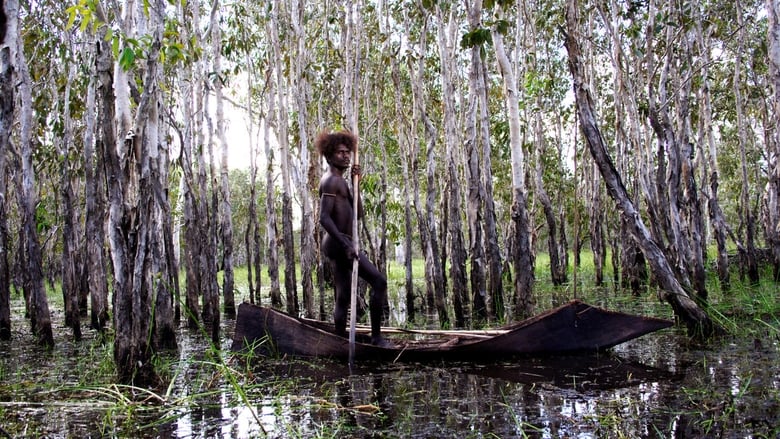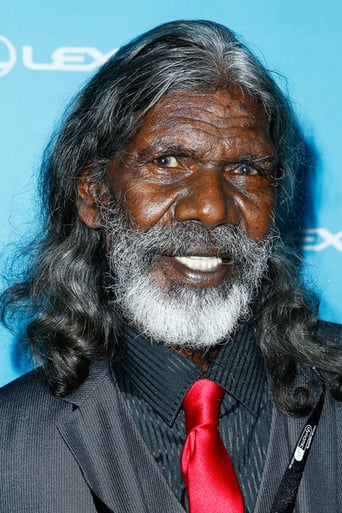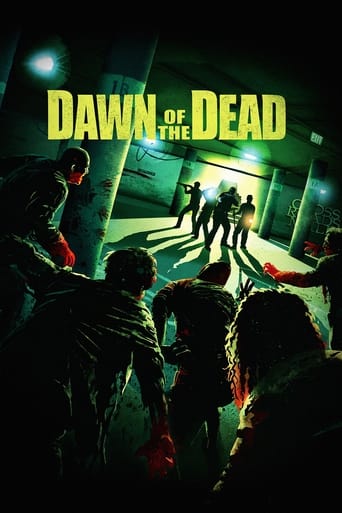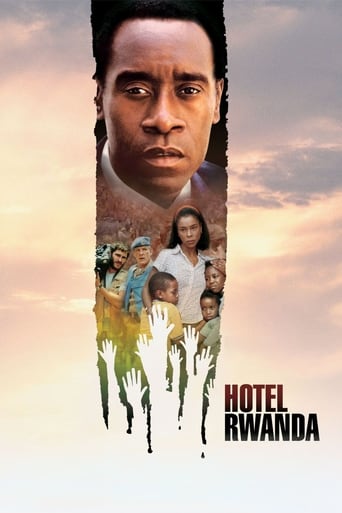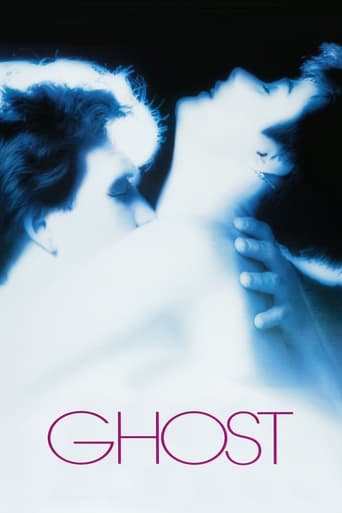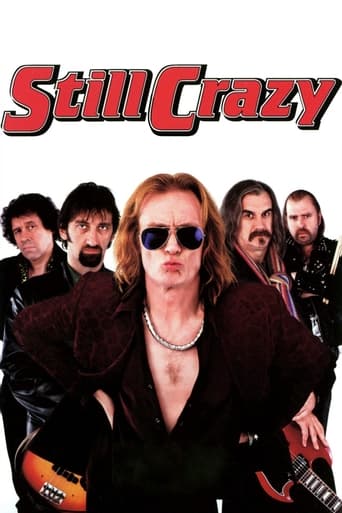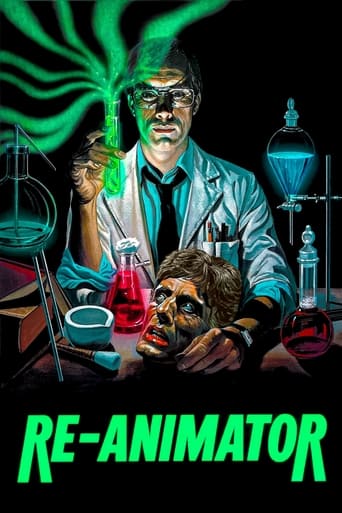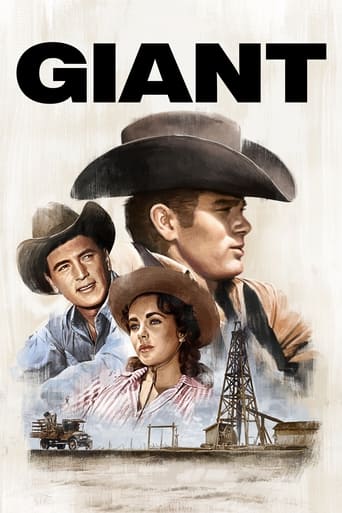Ten Canoes (2006)
A story within a story within a story. In Australia's Northern Territory, an Aboriginal narrator tells a story about his ancestors on a goose hunt. A youngster on the hunt is being tempted to adultery with his elder brother's wife, so an elder tells him a story from the mythical past about how evil can slip in and cause havoc unless prevented by virtue according to customary tribal law.
Watch Trailer
Free Trial Channels
Cast


Similar titles
Reviews
Thanks for the memories!
Don't listen to the Hype. It's awful
Close shines in drama with strong language, adult themes.
This movie tries so hard to be funny, yet it falls flat every time. Just another example of recycled ideas repackaged with women in an attempt to appeal to a certain audience.
Sometimes all you need is magic. At least it seems so, when you see the real thing. If you happened to see Baz Luhmann's "Australia" and was confused, see this instead. It is the genuine article, about the magic, told with magic. It is circular, nested and webbed. It floats, and if you let it you will nearly be lost.The cinematography here — all the cinematic values — are only slightly apparent and when they declare themselves, it is in the service of the story: switching from subdued color to bright to signal the shift of what story you are in. Otherwise, the camera is either in conventional documentary mode or in space following spirits across landscapes as they voyage from waterhole python ouroboros and back.What we have here is good old oral storytelling supplemented by image, and highly structured. Essentially everything is told by an offscreen aboriginal narrator, whose convoluted beginning establishes all sorts of narrative pockets that are revisited later. The story is a tree, we are told and in its telling we visit many branches. There is a sort of beginning, but it is nearly too complicated to describe. There is an ending, but no. After a chuckle the narrator tells us he has no idea how it ends.Ostensibly, the story is told by the off-screen narrator, of a hunting party of aboriginal men, who make ten bark canoes and go hunting and gathering in the swamp. Over that period in the story, a wise man tells a story to his impatient much younger brother. That "inner" story shifts to color. It is supposed to be in a time in between creation and the full solidifying of men on earth. So the characters in the inner story are played by the folks in the outer one, and the main threads are folded together: a matter of the young man's desire for the older brother's youngest wife.But that is the merest of threads. We are told that the story is a tree. We literally see that tree shorn of bark and made into simple canoes. We literally see our hunters — in both stories — camping in trees. The story seems to ramble. There is sorcery, mystery, charmed turds. There is revenge, jokes, anthropology. Its all of a context. A point of all this is that there cannot be a point in the western sense. There isn't a linear narrative here with a message. There is a walkabout through a storyspace.The very first event we see tells us this in a remarkable way. Our ten men are walking single file and the last man halts the party. He refuses to be last, he says, because someone is farting. The line is consequently reshuffled. It is a gentle device, one that sets the magic for what "follows," a non-linear shuffle.The joke at the end has the same form. The last one (the youngest wife) is not how the thing ends.The entire production, we are told, uses aboriginal talent exclusively. You want to know the narrative power of carefully folded (meaning here: intuitively structured) narrative? See this.Ted's Evaluation -- 3 of 3: Worth watching.
None of the people who play roles in "Ten Canoes" are professional actors. Well, maybe one. In this way, Rolf de Heer's approach reminds me of Pier Paolo Pasolini's, especially in "The Gospel According to St. Matthew". "Ten Canoes" begins. Hear the insects, the birds? Of course, you do. You are literally over Arnhem Land in what is now the northern part of Australia--nearest big city, Darwin. You seem to fly, maybe like a spirit from the tribal waterhole. We all begin in a waterhole, well maybe not all. You will see it soon, if you see "Ten Canoes". The story goes that before you are born, you may ask your father who your mother will be. When you die, your soul returns to the waterhole and there you wait to ask your next father the same question.Spirits are everywhere, in everything. Animism, you say. Maybe yes, maybe no. In any event, this is a story within a story, wrapped in another story. The narrator tells of the time when a younger brother wanted to get married, but all the women in the clan were already taken. His older brother had three wives. The younger brother lusted after the youngest wife of his older brother. Perhaps, his older brother was not able to satisfy all three of his wives.The narrator lives in the present. He is telling the story of the younger brother, who in reality, as an actor in this film, is his own son. Yes, the son is playing the narrator's ancestor. And why not? He plays his own ancestor in the story which his older brother tells him about a time very, very long before, when the people were different, yet acted the same and a younger brother coveted one of his older brother's wives. Are you confused? Don't be. You'll be fine. The older brother tells this story, a tale set in the deepest past. He tells it to his younger brother because he knows about his brother's lusts. He's actually been told by the younger brother that he needs a wife and that that wife should be the older brother's younger wife. The older brother tells this story as the brothers and others in their very extended family engage in a hunt for geese and goose eggs in the swamp. They need canoes for this expedition and in the ways which have been passed down by ancestors, they construct ten of them made from tree bark. This is a secret, you'll love to watch.The contemporary narrator lays this all out for you and even tells you about "the cross river mob". His language is a bit different. He is of the present. He has been living amongst European settlers. The tales told by him have taken place long before any European landed in Australia, long before the Dutch touched the beaches of Western Australia in the early 17th Century. Yes, long ago, but still close enough to see.The tales are told of a time very much unlike our own. It was a time and place where humans lived in communities without private ownership of Nature, without money, without rents, without wages, without a State, without classes. It was a very different time. Not a wholly bad time nor a wholly good time. This was just a very different time, a time and place where different things mattered to people and where people mattered more than things. It was a time when what you did with others was all shared more or less equally and what you did for yourself was yours, if you wanted it that way. Women are seen gathering nuts together for the tribe. Men are seen hunting geese for the tribe and sleeping on hastily constructed platforms in trees, with fires going all night to repel the mosquitoes. Children run free and, in fact, belong to all. The sense of time is not one of clocks. It is long. It is without meaning except perhaps as a river flow has meaning.If you want to experience this kind of time and place, I urge you to see "Ten Canoes". It's an experience in story telling which you won't forget soon. It has humour, beauty, life, love, death and joy. It is a story about when dreams come true....he, he...
"Ten Canoes" tells three stories: That of the storyteller himself, that the of hunt for geese and their eggs, and that of the ancestors -- especially their troubles and the consequences of their actions and relationship to the law. Midway through the second story, which bookends the mythical one, that interior storyteller (Elder Brother) states that Younger Brother is beginning to learn a lesson from the telling itself -- patience. Such patience is also required of the viewer, for the pace and structure of both the "today" story and the "mythical" have their an organic unfolding (metaphor: a growing tree) that is quite unlike that of most contemporary Hollywood movies, with their fast call to conflict and continuous conflict.I was struck by the transition of "today's" story from color to black and white as the mythical story is told, the showing of the mythical tale in color (which helped to separate it from the today story), and the dissolve to color in today time as the mythical telling ends.Water is the core of the story, as the river, the swamp, and rain are the images that open and close the movie. The tale begins, ends, and begins again.
For the Australian Aborigines who are said to date back 65,000 years, the ancestor spirits are still alive. They are a part of an Aborigine's "dreaming" and come to life in the stories indigenous Australians have told through the ages. Playfully narrated by Australian icon David Gulpilil, Ten Canoes, directed by Rolf de Heer (The Tracker) and Peter Djigirr, tells a dreaming story that acts as a lesson for a young man in the tribe who feels that the youngest wife of his older brother should be his. The story has elements of kidnapping, sorcery, and revenge but is mostly about values: how a community living in a natural environment before the coming of the White man developed laws and systems to guide its people. The cast consists of indigenous residents of the Arafura region and many of the visuals recreate the photographs of Donald Thompson, a Melbourne anthropology professor who spent time in the 1930s with the Yolngu people of the Arafura Swamp.Set a thousand years ago in central Arnhem Land near the Arafura Swamp in northern Australia, east of Darwin, a group of Ganalbingu tribesmen embark on a hunt for magpie geese, a wild bird used to sustain the tribe. To navigate the crocodile-infested swamp, elder Minygululu (Peter Minygululu) leads the tribe in building canoes made out of bark. When he discovers that Dayindi (played by Gulpilil's son, Jamie) has a crush on his third wife, he tells him a story set in a mythical time after the great flood that explains how his people developed laws to govern their behavior, the same laws used by the tribes today. To distinguish between the past and the "present", De Heer uses muted color to show the ancient landscape and black and white for the more modern story.In the beginning, Ridjimiraril (Crusoe Kurddal) lives with his three wives, Banalandju, Nowalingu (Frances Djulibing), and Munandjarra in a camp with others, including Birrinbirrin (Richard Birrinbirrin), an overweight elder whose sole pleasure in life is to eat honey. Ridjimiraril's younger brother, Yeeralparil (Jamie), who lives in the single men's camp, fancies the beautiful Munandjarra and spends much time stealing visits to the other camp, hoping to catch a glimpse of her. When a stranger approaches without warning, the men are frightened, especially when he tells them that he wants to trade objects of magic.The local sorcerer warns the men of danger but life proceeds normally until the jealous Nowalingu disappears after a fight with Banalandju. Though the others believe that she simply ran away, Ridjimiraril is convinced that she was abducted by the stranger and receives confirmation for his fear when an old uncle appears and says that he saw his wife in a camp with the stranger. The men are galvanized into action and a war party is prepared. Through myth and illuminating visuals, Ten Canoes generates a greater awareness and understanding of indigenous Australian culture and acts as an impressive counterweight to the argument that Aborigines should give up their past and join the modern world. That the film is entertaining and deeply moving as well as informative is a very welcome bonus indeed.


